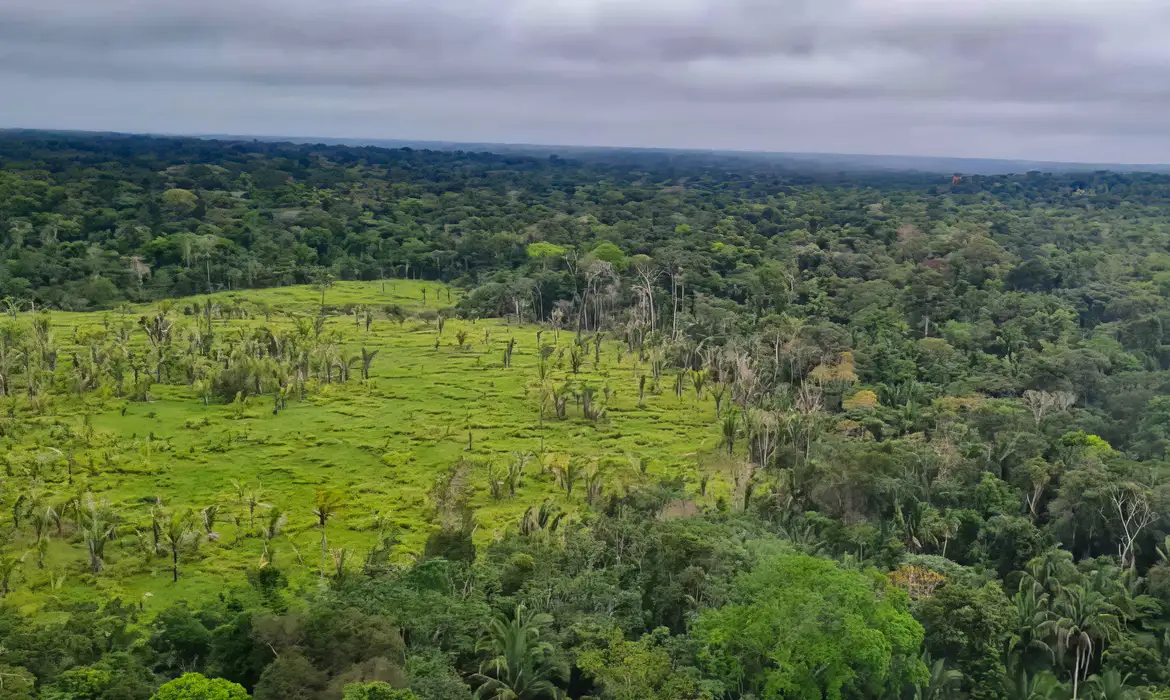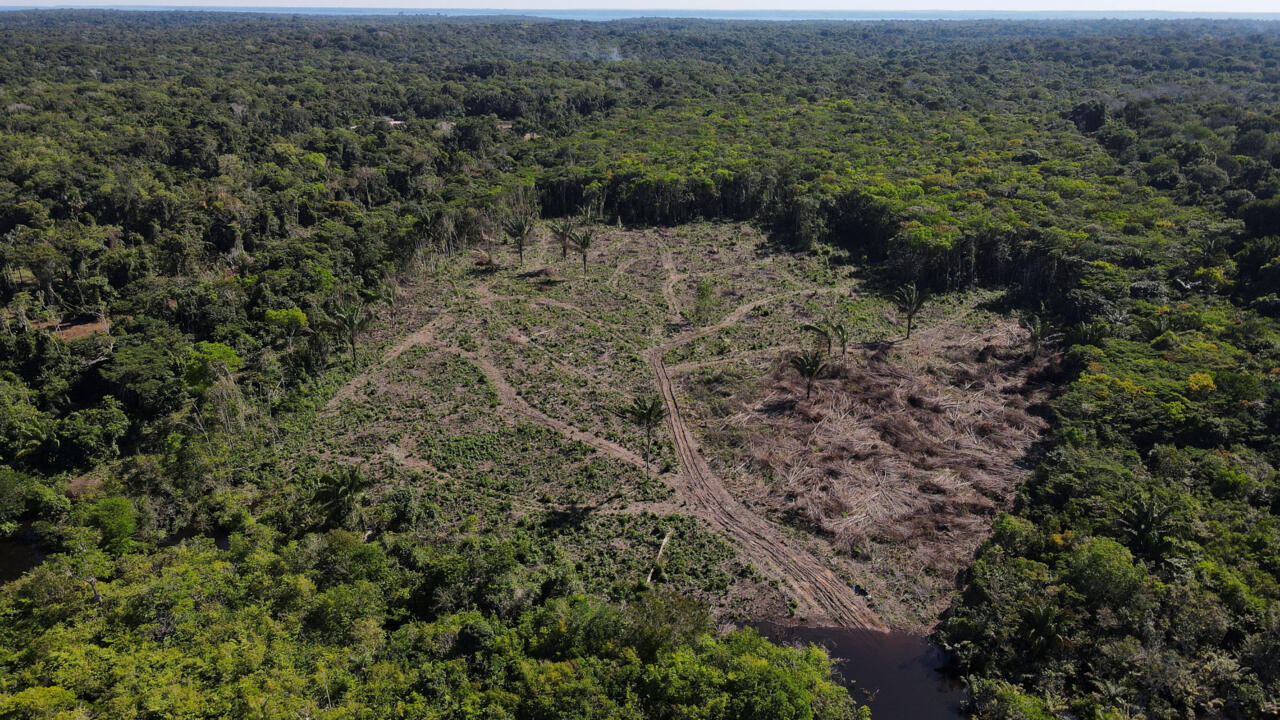A recent report from the São Paulo Research Foundation (FAPESP) revealed shocking details about the Amazon rainforest in Brazil.
Furthermore, it is striking how the contrasts stand out. Deforestation has decreased by 54% in the last two years, but soil degradation has increased by 163%.
This last aspect is mainly attributed to fires and droughts. This phenomenon has affected approximately 25,023 square kilometers of forest, with 66% of these cases related to forest fires.
Deforestation and soil degradation: the situation in the Amazon rainforest of Brazil
 Deforestation rates in the Brazilian Amazon decreased in 2024.
Deforestation rates in the Brazilian Amazon decreased in 2024.
Deforestation involves the total removal of native vegetation cover, while soil degradation refers to the loss of forest health without complete destruction.
This latter process can be more difficult to identify, as the forest still stands, but its ecological functionality is compromised.
According to the researcher from the National Institute for Space Research (INPE), Guilherme Mataveli, “soil degradation is a more challenging process to identify than deforestation, as it occurs while the forest still stands.”
On the other hand, Luis Aragão, coordinator of FAPESP’s Global Climate Change Research Program, stated: “These processes have been silently compromising the integrity of our forests.”
Tools for sustainable management
The study emphasizes the importance of satellite technologies for monitoring and managing these processes.
“Current technologies not only allow monitoring events and reporting associated carbon emissions, but also facilitate strategic planning for sustainable land management,” said Aragão.
Brazil, which hosts 60% of the Amazon rainforest, is preparing to host COP30 in November this year, where strategies to address these challenges will be discussed.
 What is causing soil degradation.
What is causing soil degradation.
The country has committed to eliminate deforestation by 2030, but the increasing soil degradation highlights the need for comprehensive policies that address both conservation and restoration of ecosystems.

